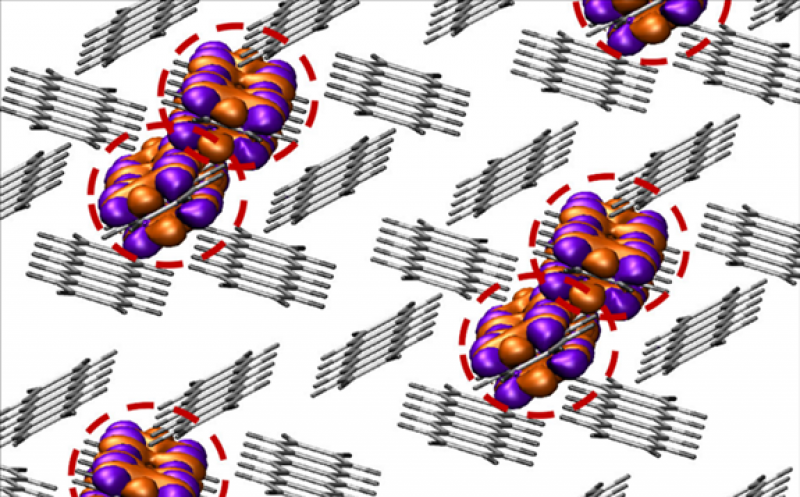
In conventional silicon-based solar cells, each photon of light can only knock loose a single electron , creating electricity. That’s even if the photon carries more than enough energy to do so. One hammer, one nail. Now, for the first time researchers at MIT and Princeton University in the U.S. have got high-energy photons to strike silicon and kick out two electrons instead of one , opening the door for a new kind of solar cell with greater efficiency than was thought possible. MIT’s David Chandler explains the new method could raise the power conversion of a solar cell from the current maximum of 29.1% to about 35% . These are the theoretical maximums: commercial maximums are, of course, always lower. And work still needs to be done on stabilising the new materials . But the researchers hope their new solution will be commercially available in a few years . It’s another example of how the pipeline of cutting edge science is accelerating the transition.
Experiments show dramatic increase in solar cell output. Method for collecting two electrons from each photon could break through theoretical solar-cell efficiency limit. By David L. Chandler, MIT News
In any conventional silicon-based solar cell, there is an absolute limit on overall efficiency, based partly on the fact that each photon of light can only knock loose a single electron , even if that photon carried twice the energy needed to do so. But now, researchers have demonstrated a method for getting high-energy photons striking silicon to kick out two electrons instead of one , opening the door for a new kind of solar cell with greater efficiency than was thought possible.
While conventional silicon cells have an absolute theoretical maximum efficiency of about 29.1 percent conversion of solar energy , the new approach, developed over the last several years by researchers at MIT and elsewhere, could bust through that limit, potentially adding several percentage points to that maximum output. The results are described in the journal Nature , in a paper by graduate student Markus Einzinger , professor of chemistry Moungi Bawendi , professor of electrical engineering and computer science Marc Baldo , and eight others at MIT and at Princeton University .